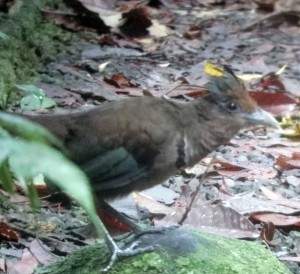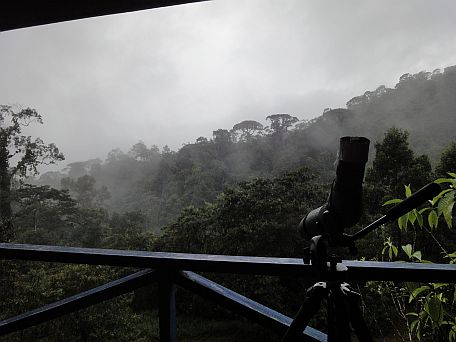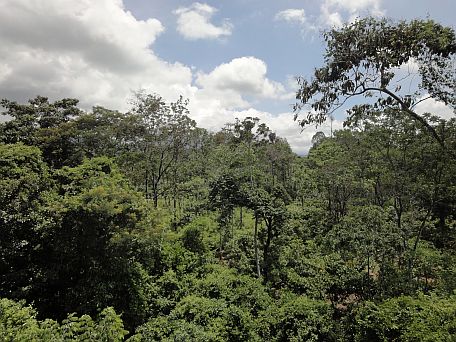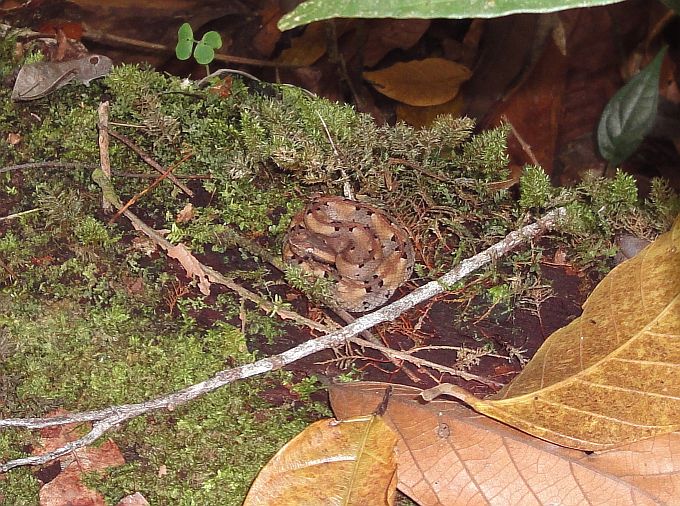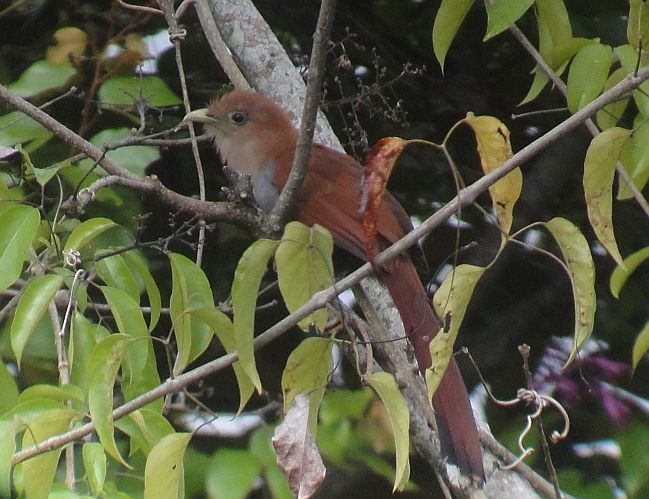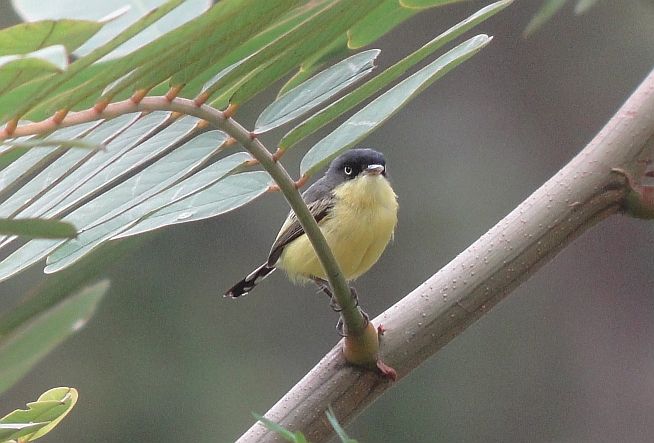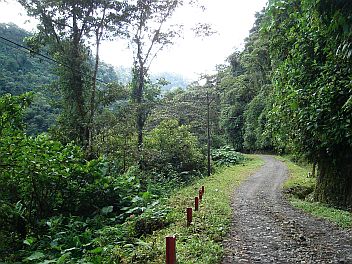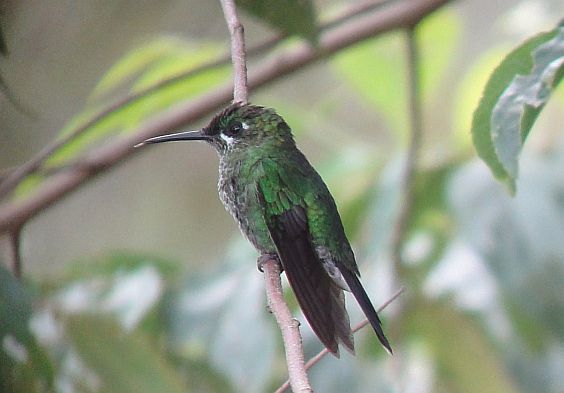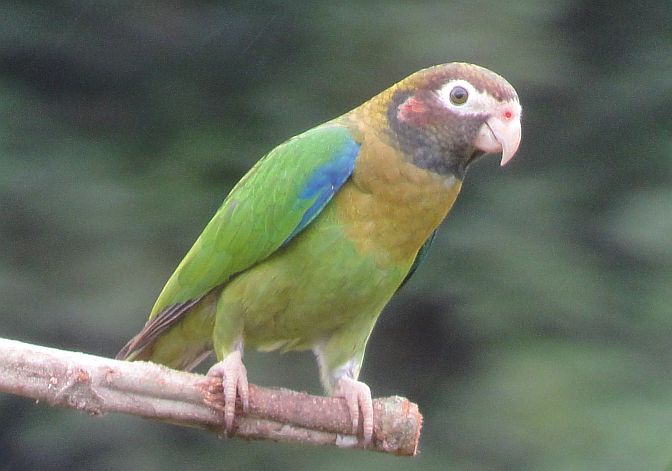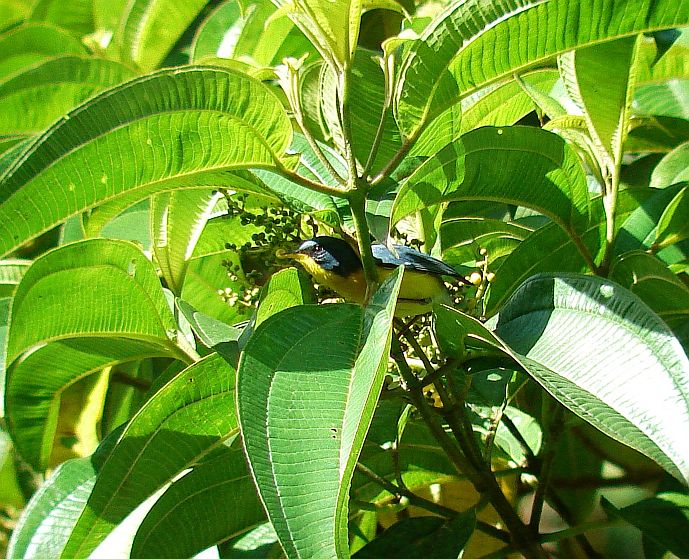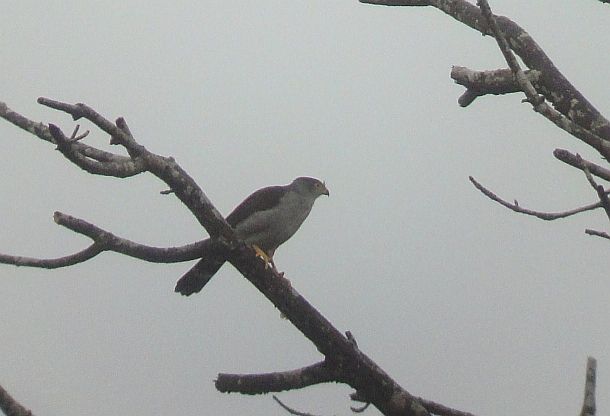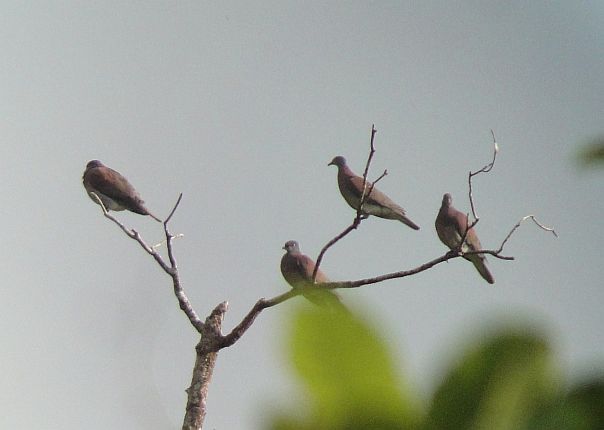The Neomorphus cuckoos are some of the toughest birds to see in the neotropics. Unlike their more northerly, arid-zone cousins, the roudrunners, these are secretive birds of dense rainforests and like many other birds that inhabit that exciting habitat, they are naturally rare. In other words, they have low density populations where pairs and/or individuals roam over presumably large areas of forest.
Using words like “supposed” and “presumably” is necessary when talking about Neomorphus species because we know so little about them. None of the species are what you would call common and even though we know they like to hang out with antswarms and follow herds of White-lipped Peccaries to catch the understory morsels stirred up by their activities, precious little is truly known about these mysterious rainforest roadrunners. In terms of their place on the food chain and frequency of encountering them, it’s not too far off target to say that they are apex avian understory predators (at least when it comes to lizards and large bugs).
To give an idea of how infrequent these birds are, I saw the tail of one once at the back part of the Las Palmas trail in Quebrada Gonzalez more than 10 years ago. I only saw a tail but there is nothing else with a long, rufous-greenish tail in the rainforest understory so I know that I had seen one of those big, rare, forest cuckoos. Nevertheless, I couldn’t cheat myself out of a much better, count-worthy sighting so it stayed off the list. I should also mention that the view of that tail is the closest I came to a Rufous-vented Ground-Cuckoo despite multiple visits to Las Heliconias and Quebrada Gonzalez, and several visits to the Amazon (including a year of near constant birding in Tambopata, Peru), until last Saturday.
What ground-cuckoo habitat looks like.
Yes, last Saturday, while guiding two very fortunate birders, we saw the ground-cuckoo. No, we hit the jackpot with the ground-cuckoo because this was no tail nor glimpse of a tawny crest but a prolonged sighting of one that stared at us from the forest understory, popped out onto the trail for a better look, and didn’t saunter away until we got soul satisfying views.
No kidding.
Others had told me that ground-cuckoos can appear to be fearless or even curious and it certainly seemed like this bird had its curiousity piqued. I had heard Ocellated and Bicolored Antbirds as we hung out deep in the forest at the back part of the Las Palmas loop and were trying to coax those birds into view when one of my clients said something along the lines of, “Hey, what is that”? I heard two distinctive clacks immediately after and realized that she must have seen a ground-cuckoo! Excitedly, I looked back into the forest and could see the head of the beast as it raised and lowered its crest! I couldn’t get the other client on the bird fast enough before it disappeared from view but I said that we might as well wait and see if it shows up again. Hopefully, the supposed antswarm back there will make it towards us and we should see it.
The antswarm must have been headed in the opposite direction because nary an Eciton showed its voracious face. Fortunately for us, that didn’t matter because the ground-cuckoo appeared as if by magic off to the right and closer! It looked at us as it quietly clacked its bill and we watched it in turn as we talked about the dark green on its wings with hushed excitement. It quickly walked to the right and one of the clients said, “It’s coming out onto the trail”!
It did, perched on a mossy stone, and here it is:
A blurry but identifiable photo of my official lifer Rufous-vented Ground-Cuckoo.
A picture with the dim-light setting on my camera.
It lingered for about a minute and we soaked up the views like lizards sitting in the sun after an Ice Age. It eventually walked off to the right and then crossed back over to the left side of the trail. In a strange case of birding deja vu, it actually left the path in the exact same spot where I saw that tail in 2001!
We also saw Streak-crowned Antvireo, Checker-throated Antwren, Emerald Tanager, White-throated Shrike-Tanager, and had our fill of Snowcaps over at El Tapir but the ground-cuckoo, of course, took the cake on that fateful day. I’m headed back tomorrow with a friend. The ground-cuckoo is one of his top four Costa Rican target birds and we had already planned on going there to maybe chance across it along with some other choice species. I haven’t told him yet about Saturday’s sighting. I hope I can surprise him.
It’s hard not to also include an image of one of the Snowcaps we saw.



